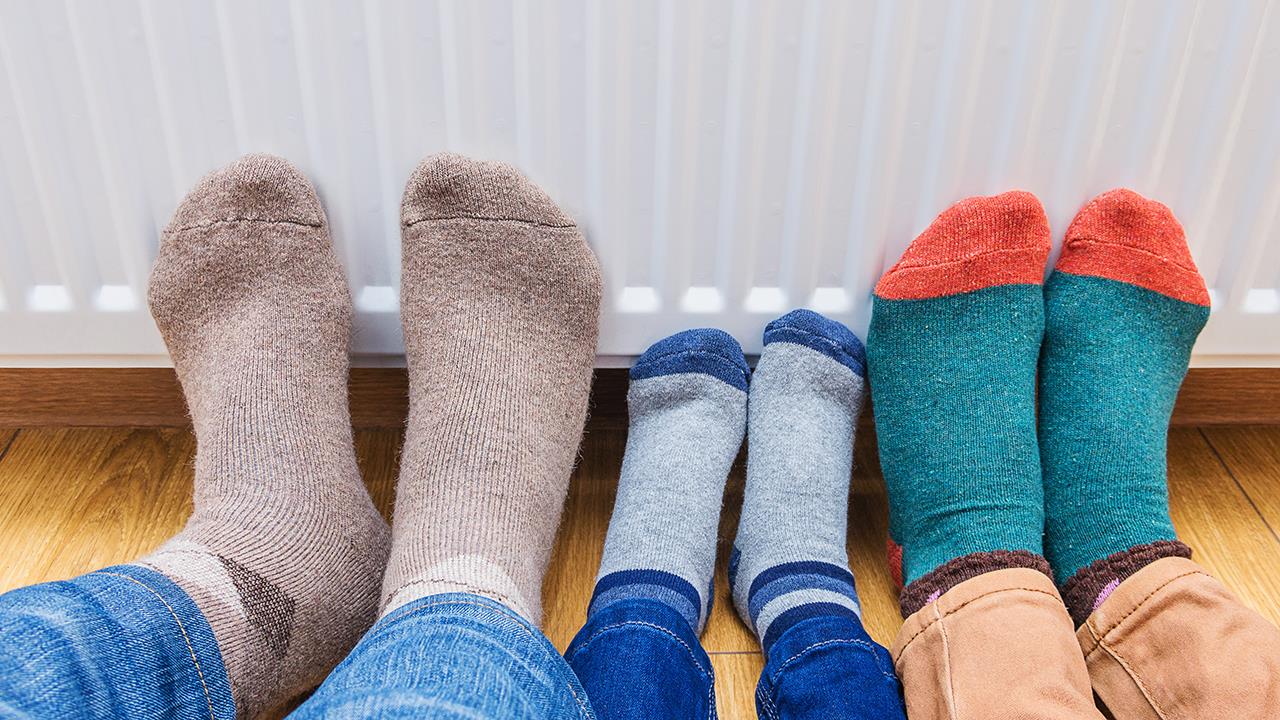

In Winter 2022, the main system for heating the home remained gas central heating (57%), however this was considerably lower than in Winter 2021 (78%). Instead, there are observed increases in the use of portable electric heaters (from 3% in Winter 2021 to 11% in Winter 2022), solid fuel and wood heaters (from 1% to 7%) and natural gas heaters (from 1% to 4%).
The decreased use of gas central heating was observed in both rented households (from 72% in Winter 2021 to 54% in Winter 2022) and owner-occupied households (from 82% to 60%).
The report says this suggests a shift in behaviour from a heating method that heats a larger space to those that can be used to target smaller spaces for heating.
Additionally, the Public Attitudes Tracker reveals more people are now closer attention to the amount of heat they use in the home.
In Winter 2022, 41% reported paying a lot of attention to the amount of heat used in their home, a considerable increase since Winter 2021, when this figure was 27% . Correspondingly, the proportion who said they pay a little or hardly any attention to this fell from 25% to 15% over this period.
The report authors say these findings are likely to be a reflection of the increased energy prices (as well as increases in the cost of living more generally) which have occurred since Winter 2021, with considerable media attention focussed on this topic, including advice on ways to try to cut energy usage.
Attitudes towards heating system replacement have largely stayed the same between Winter 2021 and 2022, however, with only 17% saying they would consider replacing their heating system while it is still working, compared with 19% the previous year.
Those who would consider upgrading their existing, working heating system predominantly said they would to save money on heating bills (up to 57% from 40% the previous year) and to switch to a more environmentally-friendly heat system (down to 37% from 53% the previous year).
If you'd like to keep up-to-date with the latest developments in the heating and plumbing industry, why not subscribe to our weekly newsletters? Just click the button below and you can ensure all the latest industry news and new product information lands in your inbox every week.